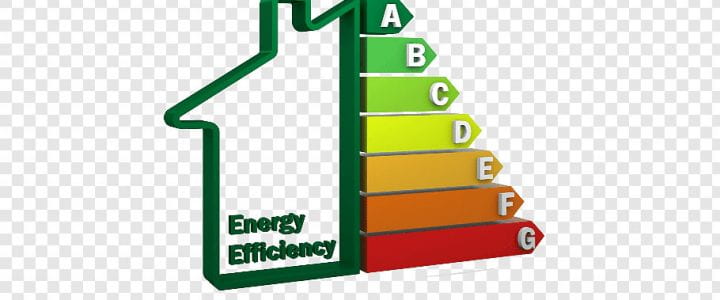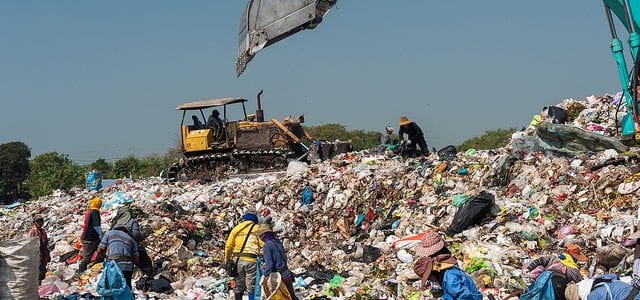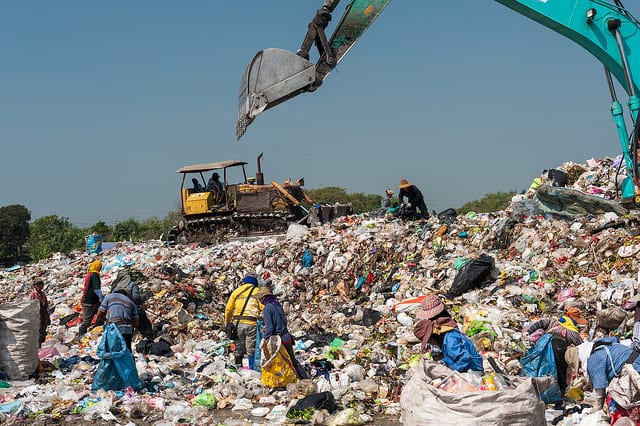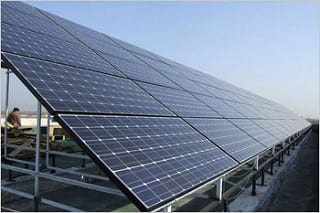BACKGROUND:
Industrialization in Vietnam has remarkably increased the emission of toxic chemicals as part of the production processes. Untreated or poorly treated industrial waste could destroy the environment, e.g, the Formosa environmental disaster in 2016. Even when the industrial waste is treated in wastewater treatment plants, some of the chemicals such as heavy metals persist and deposit in the sludge. If not handled carefully, the industrial sludge will be a source of pollution for soil (in case of land application) or water resource (in case of landfill disposal), which may cause a health risk for the population. In addition, the sludge is also a major environmental pressure for the landfill, because of their large volume. However, there is no study that systematically assess the level of toxic elements in industrial sludges and sustainable remediation methods for those materials in Vietnam.
A research team from School of Environmental Science and Technology, Hanoi University of Science and Technology (INES) and Hanoi University of Science, Vietnam National University (VNU-HUS) has proposed a project which aims to i) collect and measure the level of toxic elements (As, Hg, Cu, Cd, Cr, Ni, Pb, Zn) in industrial sludge collected in different industrial zones in the North of Vietnam; ii) identify the possible sources of those elements; iii) assess the potential impact of applying those sludge to landfills in the surrounding regions; and iv) to assess the potential of industrial sludge elimination using eco-friendly methods.
Sludge samples will be collected using a standardized protocol to ensure the representativeness. The samples will be analyzed by sensitive ICP-MS method and other advanced equipment. The obtained data will be analyzed together with the survey information about the types of industries presence in the studied industrial zones to identify the possible sources for consideration. Next, we will apply the latest modelling approach to assess the potential impact of disposing the sludge to surrounding farmlands, including leaching potential and degrading soil quality. Finally, we will assess the potential of toxic metal elimination from sludge using biodegradable substances as the sustainable and friendly remediation method for those materials.
AIM:
INES and VNU-HUS wish to engage RMIT students in the following research activities:
• Assessing the level of toxic heavy metals in industrial sludges in different industrial parks in the North of Vietnam
– Monitoring the distribution of toxic heavy metals in industrial sludge in industrial areas. Sampling scheme will be designed to cover some areas in the North of Vietnam with a large number of samples and rapid analysis.
– Establishing a database containing the spatial and seasonal distribution of toxic heavy metals in the industrial sludges in the studied areas and identify the sources of heavy metal contamination.
– As, Hg, Cu, Cd, Cr, Ni, Pb, and Zn concentrations with particle size, pointing to anthropogenic/pyrogenic possible sources of these heavy metals in the sludge. Enrichment factors (EF) of heavy metals can be calculated also.
• Assessing the potential impact of applying the sludge to landfill.
– Evaluating the pollution situation in the industrial sludges in the North of Vietnam and comparing it with levels in different areas.
– Evaluating the effects of the industrial sludge on soil chemical and microbial characteristics.
DELIVERABLES:
| No. | Main Deliverable | Description | Estimated Timing |
| 1 | Project Plan | Students discuss with INES and academic supervisors about a detailed project plan. | June 2020 |
| 2 | Literature Review | Students work under their academic supervisors and field supervisors (from INES) to review relevant literature. | July 2020 |
| 4 | Data Collection and Analysis in Vietnam | Under the facilitation and supervision of the research team, students collect data samples and analyze data using the labs at INES and/or VNU-HUS | August – September 2020 |
| 5 | Draft report | Draft Report | October 2020 |
| 6 | Final report | Final Report | End of October 2020 |
| 7 | Presentation | Presentation on research findings. | End of October 2020 |
WORK METHOD:
- Students will be selected from relevant programs at RMIT (i.e. environmental science and chemical engineering);
- RMIT academic supervisors help students identify learning objectives at the start of the project, provide them with technical advice during the project implementation, and evaluate their work at the end of the project.
- Students conduct the research in Vietnam: (i) desktop research based on published data; and (ii) experiment.
- INES research team will appoint a supervisor (field supervisor) who helps students access to data and research facilities at INES and/or VNU-HUS..
FUNDING:
- Australian undergraduate students may be eligible for NCP semester grants to cover all travel costs to Vietnam during the project time.
- Postgraduate students may be still considered but will have to pay all the travel costs by themselves.





